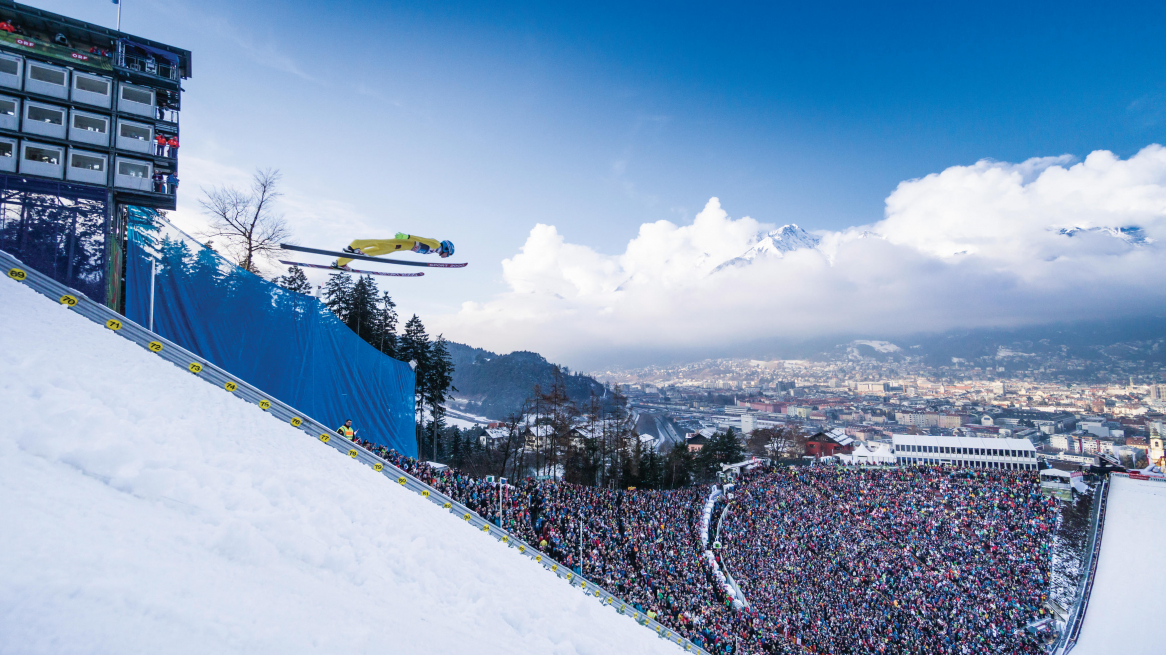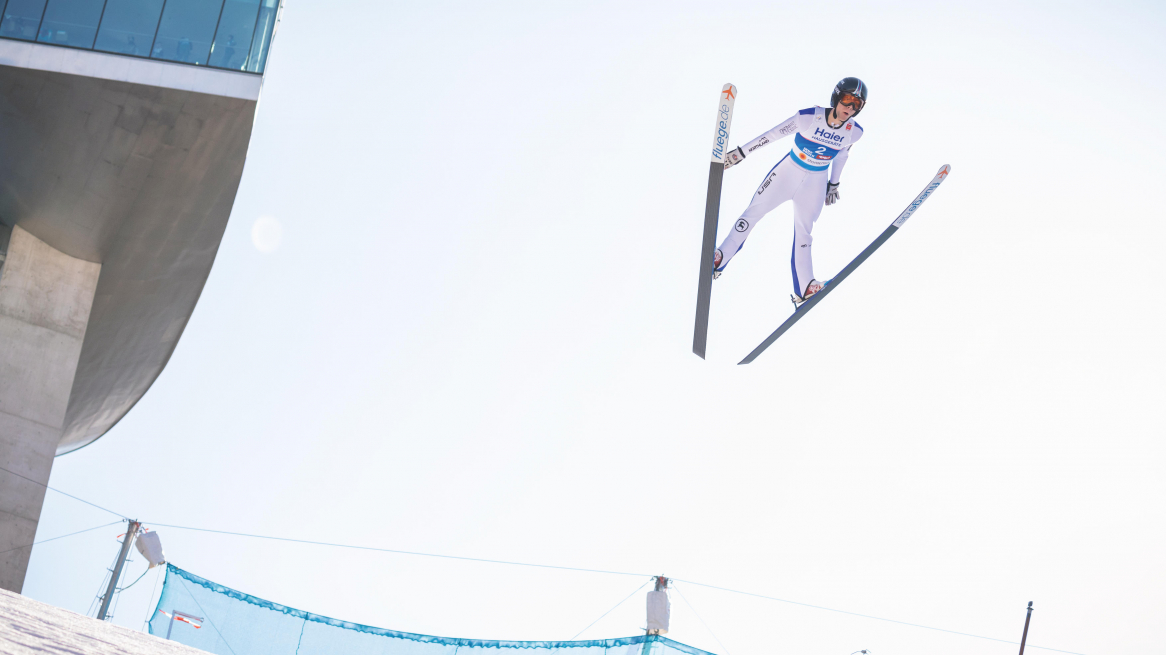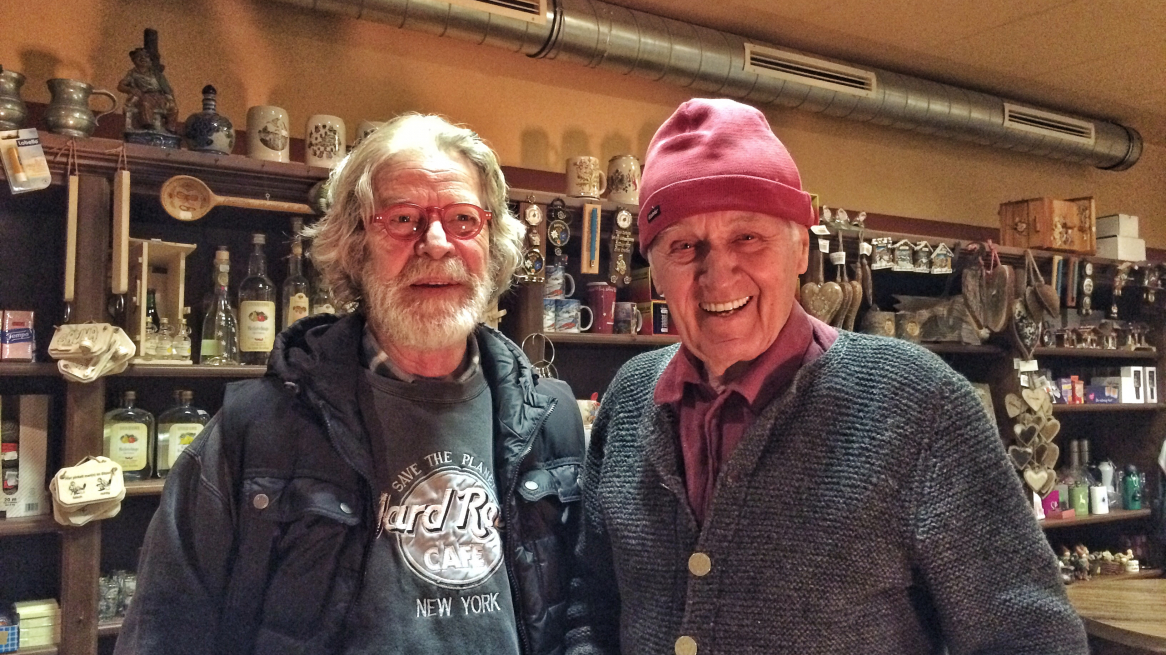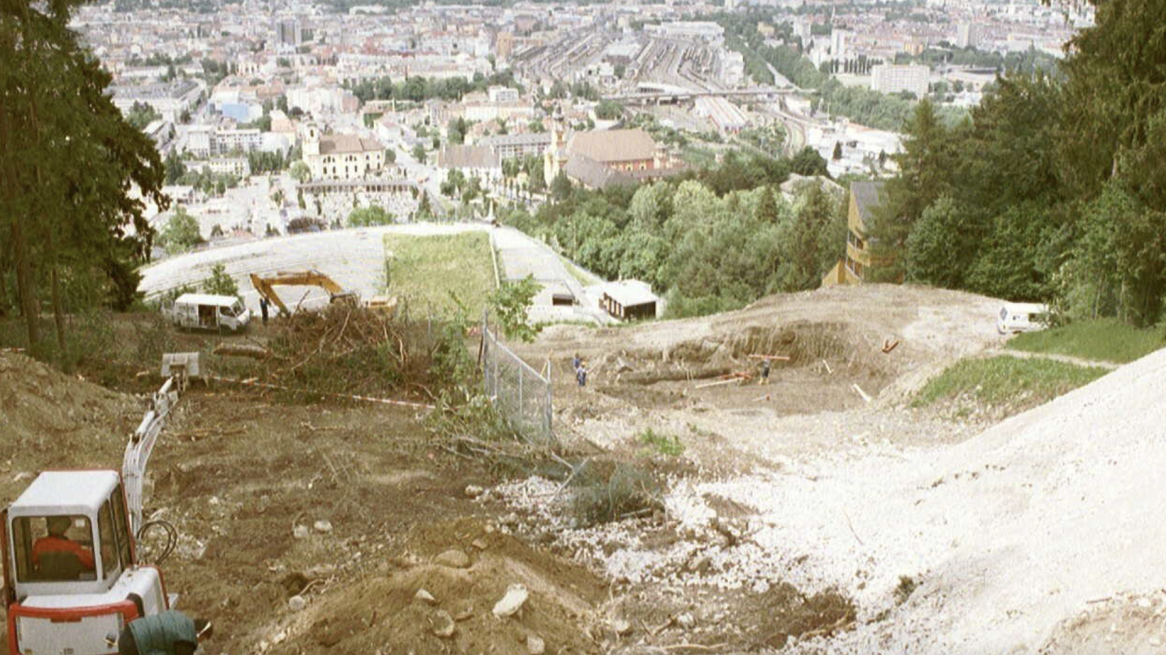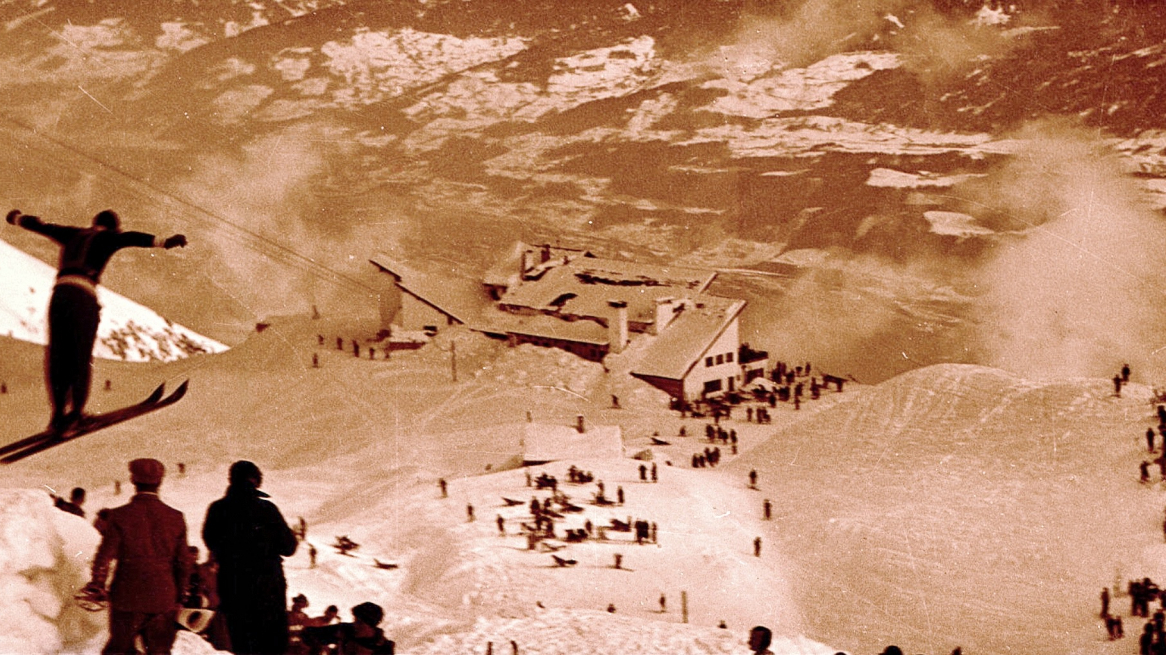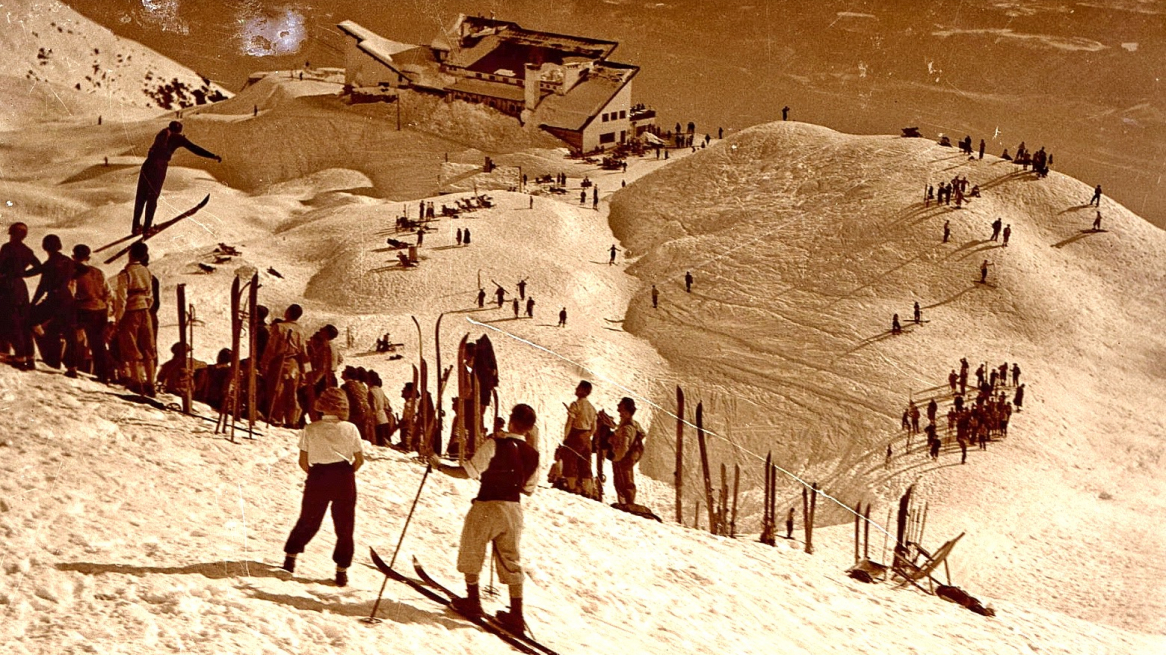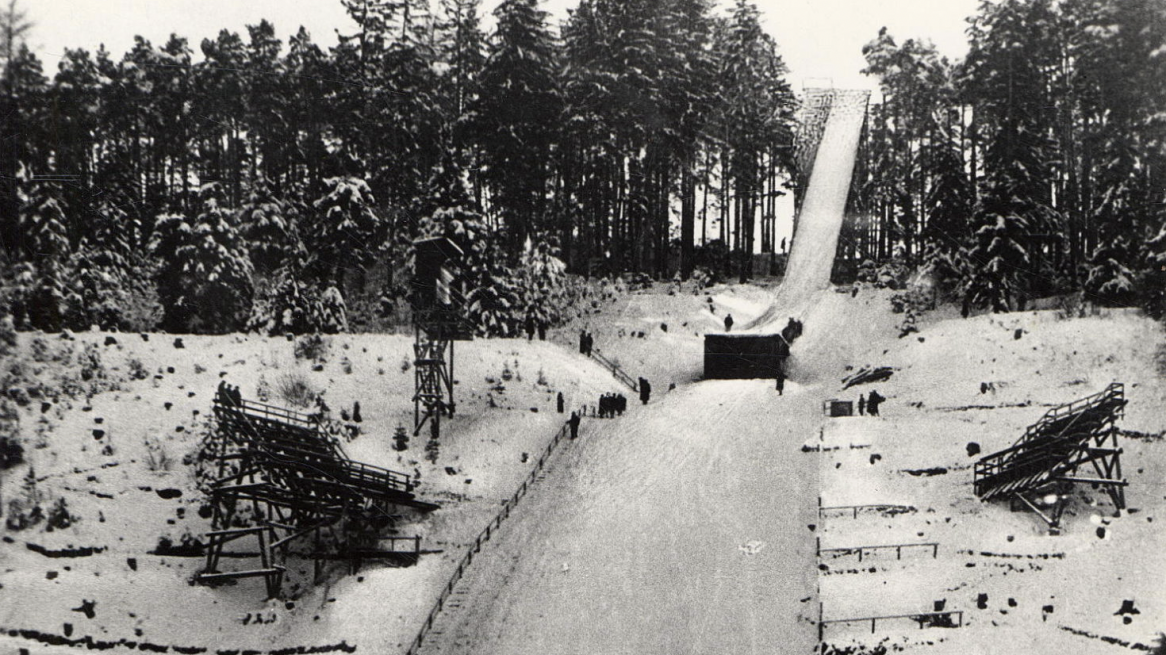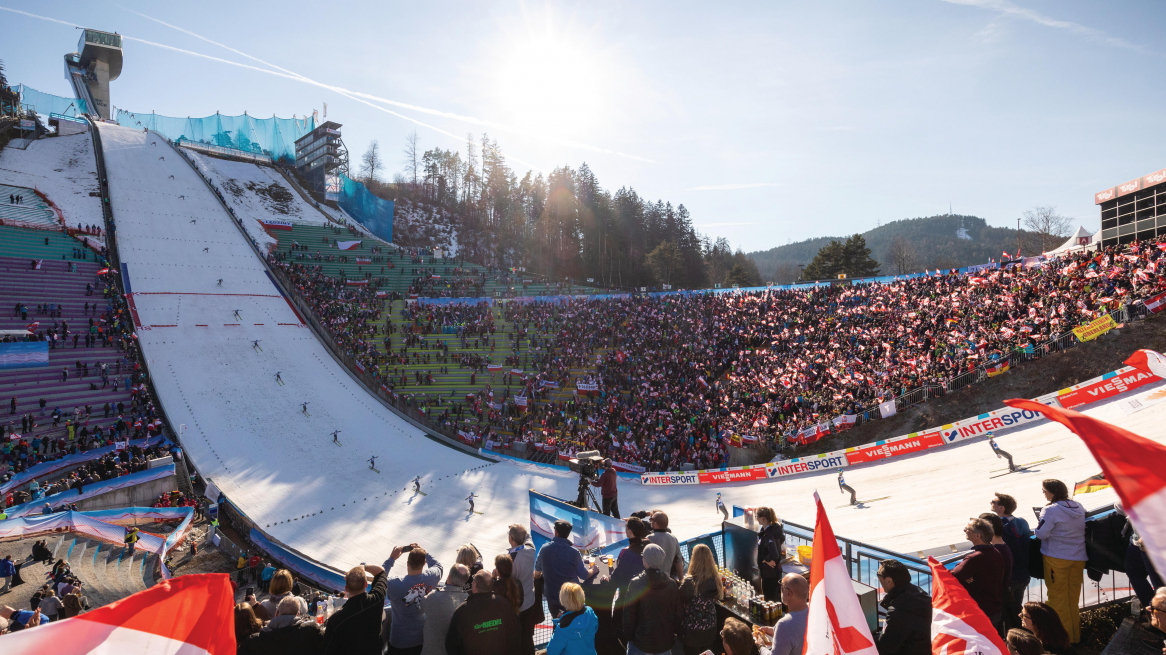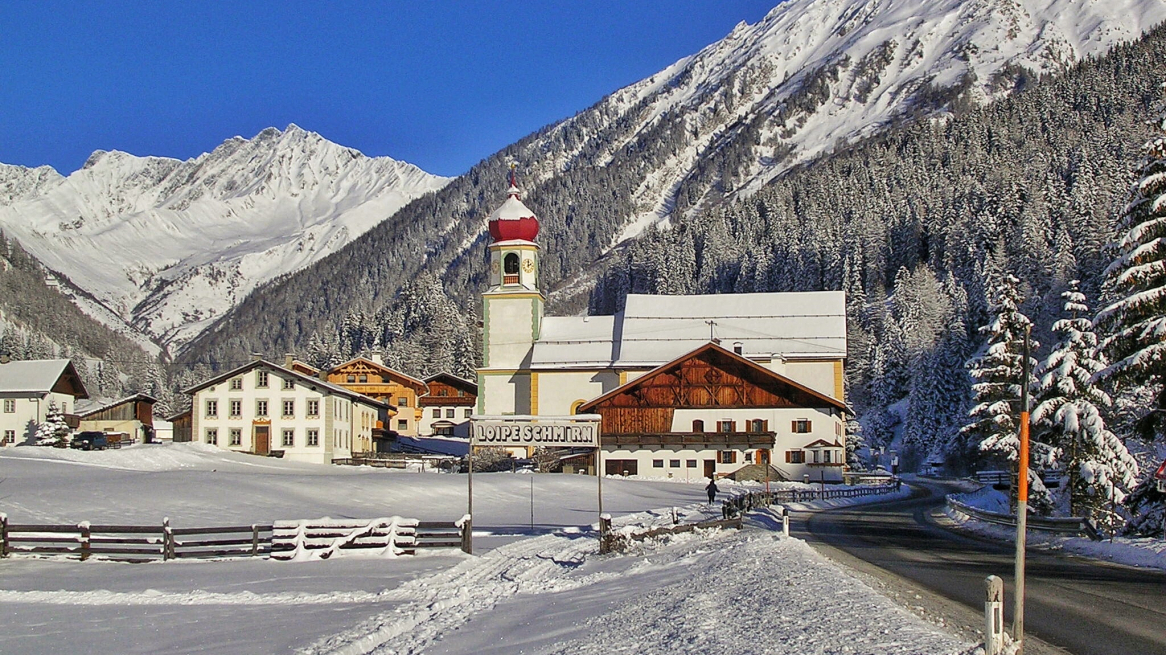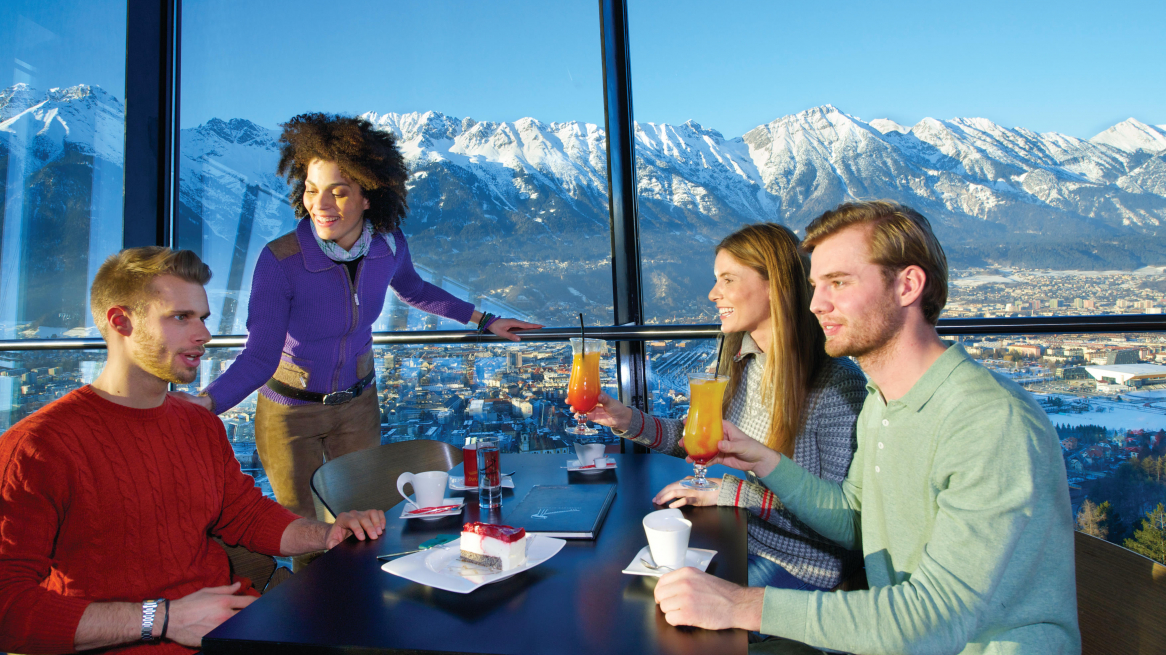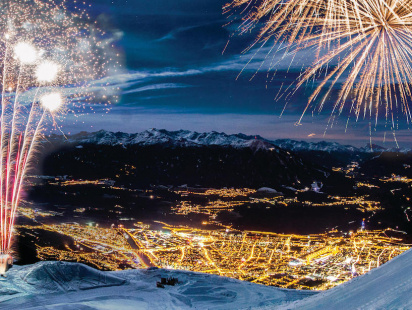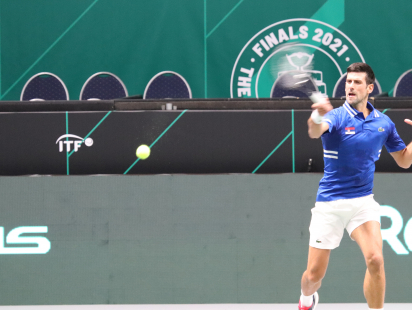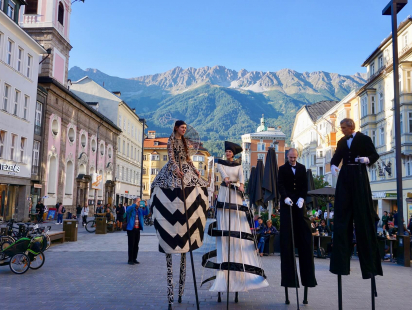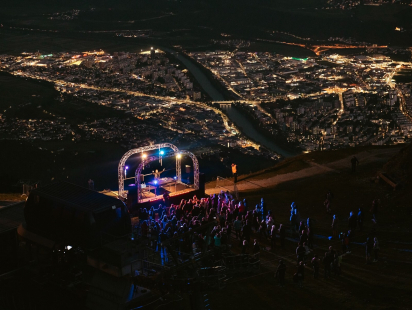Every year, our Bergisel ski jump takes center stage in the world of winter sports. This year, there are two anniversaries to celebrate: For exactly 95 years, daredevils have been plunging into the depths on two boards on Tyrol's mountain of fate. And for 70 years they have been doing so as part of the Four Hills Tournament. The downer: in 2022, the Bergisel Jumping Tournament will have to take place without spectators.
From the mountain of fate to the jumping stadium
Deeply engraved in my memory is the opening ceremony of the first Innsbruck Olympics on January 29, 1964, including the lighting of the Olympic fire in the then new Bergisel Stadium. The fire was ceremoniously lit by the role model of my youth, Josl Rieder, the slalom world champion of 1958. The ski jump had just been refurbished, the legendary Bergisel Stadium was even designed for 55,000 visitors. Tyrol's mountain of fate - the scene of the Battle of Bergisel - became an arena of sporting struggle.
Gianna Nannini rocked first in the stadium
A string of events comes to mind that I would like to recount briefly. Especially because this story from 1976 subsequently had an impact on Innsbruck. Together with my former flatmate, today's Treibhaus impresario Norbert Pleifer, I visited the training jumps for the competition on the large hill during the 1976 Olympics. At the sight of Italian jumpers - whom we applauded loudly and frenetically in spite of rather dull jumps - an idea matured. What would happen if a stage was built into the jump at the K-Point, we asked ourselves? A brilliant open-air arena would be ready. At that time we thought of the Rolling Stones, but the necessary small change in the order of 600,000 shillings was missing. A few years later, in 1986, Norbert put his idea into practice and brought Italy back into play: he filled the audience with the Italian rock diva Gianna Nannini. A truly legendary concert, which was followed by other open-air concerts.
in 1999, the city of Innsbruck then invited tenders for the reconstruction of the facility and the ski jump in an international expert procedure. Six renowned domestic and foreign architects were invited to present their concept for the reconstruction. For the 50th Four Hills Tournament in 2002, the hill was blown up, rebuilt and covered with mats to make summer jumping possible.
With the reconstruction of the ski jump, the silhouette of our city was also changed in a lasting and, in my eyes, extremely positive way. In any case, the architect Zaha Hadid, who was commissioned with the planning and new construction, created an award-winning inrun tower that has since become an icon of ski jumping.
The Seegrube as 'crib' of the Four Hills Tournament
It's no wonder that ski jumping became popular in Innsbruck very early on. There are plenty of steep slopes in this country. at that time, "wild dogs" already organized an annual jumping event on the Seegrube in late spring - by then, the inrun and jump were already of a mountaineering level of difficulty. At Bergisel, however, it was exactly 95 years ago, on January 23, 1927, that skiers began to take to the air. At the opening jump, a certain H. Mayerl set the first ski jump record with 47.5 meters.
One of those legendary ski jumping events that once took place on the Seegrube. Image: City Archive Innsbruck
The idea for today's 'Four Hills Tournament' was then also born at the Innsbruck Seegrube. For some time after the war, ski jumping officials had been thinking about an event to be held in Austria and Germany. The night ski jumping event (!) on May 17, 1952 on the Seegrube then brought the breakthrough: after long and sometimes difficult discussions, the officials agreed on an organizational plan for a "German-Austrian Ski Jumping Tournament".
The idea of a 'German-Austrian Four Hills Tournament' was also born at the Seegrube. Image: City Archive Innsbruck
'Buwi' Pradl, first winner at the Bergisel
The New Year's Jumping in Garmisch-Partenkirchen in 1953 was the start of a series of events that has captivated tens of thousands of fans year after year ever since. And not only in Germany and Austria. The first overall winner was an Austrian who had first flown 100 meters from a ski jump in 1936: the legendary Sepp "Buwi" Bradl. Back then, he won on the Bergisel with jumps of 72 and 73.5 meters.
This is how the Bergisel ski jump looked before it was rebuilt for the 1964 Olympics. Image: Innsbruck City Archive
While in the fourth tour in 1955/56, a jumper who had drunk the night before could still win - it was a hard-drinking Finnish veteran by the name of Silvenoinen - this is hardly conceivable today. Jumpers and organizers have undergone a rapid development towards professionalism. The jumpers' bobble hats and turtlenecks are museum pieces. Just like the jumping style, in which the daring flyers stretched their hands forward to jump further. And the once wooden run-up tower at Bergisel has given way to an architectural work of art.
The SV Innsbruck Bergisel works 'behind the scene
A man who has actively followed the development of ski jumping at the Bergisel for 40 years is the chairman of the Innsbruck Bergisel Sports Club, Alfons Schranz. After 20 years as head of the organizing committee, the jumping event on January 4, 2022 in Innsbruck will be his last chief assignment, where he will virtually direct a total of 160 volunteers and club members. After all, it is not only a matter of providing the best possible care and support for around 500 people for two days. That's how big the Four Hills Tournament team is. But the optimal condition of the ski jump is just as important.
Alfons Schranz is taken in the middle by Andi Goldberger and the legendary first quadruple winner of the Tour, Sven Hannawald (right). Image: Private/Alfons Schranz
The jumpers land on snow from Schmirn
I wanted to know from Alfons Schranz what the imponderables of such a jump are. "Simply the weather and the wind," he says. To ensure that there is enough snow to prepare the facility, the sports club has had an agreement with the municipality of Schmirn for years. Due to the shady location and temperature, snow is produced and deposited with a snow cannon in the Ladins district there, from where it is transported by truck to Innsbruck for grooming if required. "We need about 3,000 cubic meters" tells Schranz. "We can't take it from anywhere, because the snow must not contain any stone, no matter how small." The inrun track, on the other hand, is prepared from 'Innsbruck ice', which is virtually left over as waste when the ice surface of the Olympic Stadium is ground down.
The snow for preparing the Bergisel ski jump comes from the incomparably beautiful Schmirn. Image: Wipptal Tourism Association.
Floodlight soon
In order to be able to stand up to the wind even more in the future - a 'wind net' has been in place for several years - work is being done on a floodlight system. Its use will make it possible in the future to start the event later than 13:30. Which brings several advantages. "It's not for nothing that the jumps on the other hills start at 4:00 p.m. under floodlights," says Schranz. "So a time of day when there is hardly any wind, which after all can massively influence an event, as we know." And then there would also be the TV viewers. "It's clear that if the Bergisel Jumping starts later, an additional one million viewers in Germany alone will be motivated to watch the jumping.
The Bergisel Jumping, the priceless advertisement for our city
The Bergisel Jumping is a brilliant, first highlight of the Tyrolean sports year. The TV ratings in Germany and Austria, but especially in Norway and Poland, reach peak values in the so-called 'market shares'. If you had to invent a tourism advertising event for Innsbruck today, it would certainly be this ski jumping event. For almost two hours, images of our city and the mountains are broadcast around the world, creating a priceless desire to visit our city. About 80 percent of the 200,000 or so visitors to the inrun tower say they have come to Innsbruck partly because of the ski jumping.
Breakfast in the restaurant of the diving tower is already a tradition for many tourists. Image: Innsbruck Tourism/Tom Bause
The money generated is also invested in youth work
The Bergisel Sports Club is made up of the Innsbruck Winter Sports Association, Tyrol Sports Association, Innsbruck Skiers' Association and Innsbruck Gymnastics, which carry out highly successful youth work in their sections. "And that's where the income from jumping comes in handy," says Schranz.
More purrs and stories about ski jumping in Innsbruck
My tip for all Innsbruck aficionados: If you want to know more about the beginnings of ski jumping in Innsbruck you should visit a very wonderful-historical internet platform. It is certainly one of the best of its kind. It is the website of the Innsbruck City Archives called "Innsbruck remembers", which presents the history of winter sports in Innsbruck in extremely readable stories.
At the same time, I would like to thank the City Archives for permission to use the historic ski jump photo in my blog post.
Stories about the Bergisel here at the Innsbruck Blog are from my colleague Vil Joda, who met the legendary Eddie the Eagle here. Danijel was live at the Bergisel Jumping 2020 and took spectacular photos. And Lea takes a look behind the scenes with the window cleaner on the Bergisel ski jump.
Rate this article
Show me the location on the map
A volunteer at the "Schule der Alm" alpine farming school, cultural pilgrim, Tyrol aficionado and Innsbruck fan.
Similar articles
Alone, in pairs or all together? A question that tingles our bellies again, especially at the upcoming…
From November 25 to 30, 2021, the Davis Cup met for the final round in…
The night life of Innsbruck is hopping, at least it was the first weekend in October! It…
Wow, what a show! Richard Judge performing live up on the Nordkette mountain range in Innsbruck… it…

